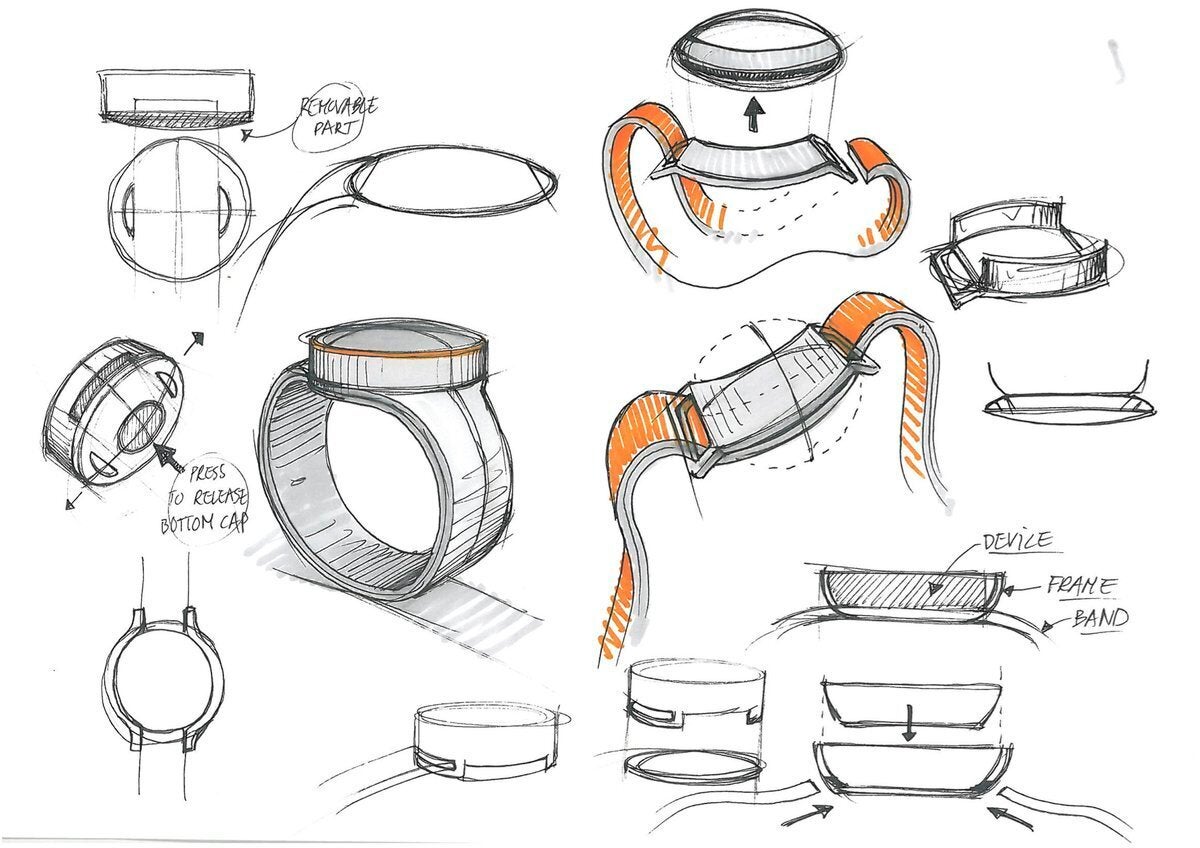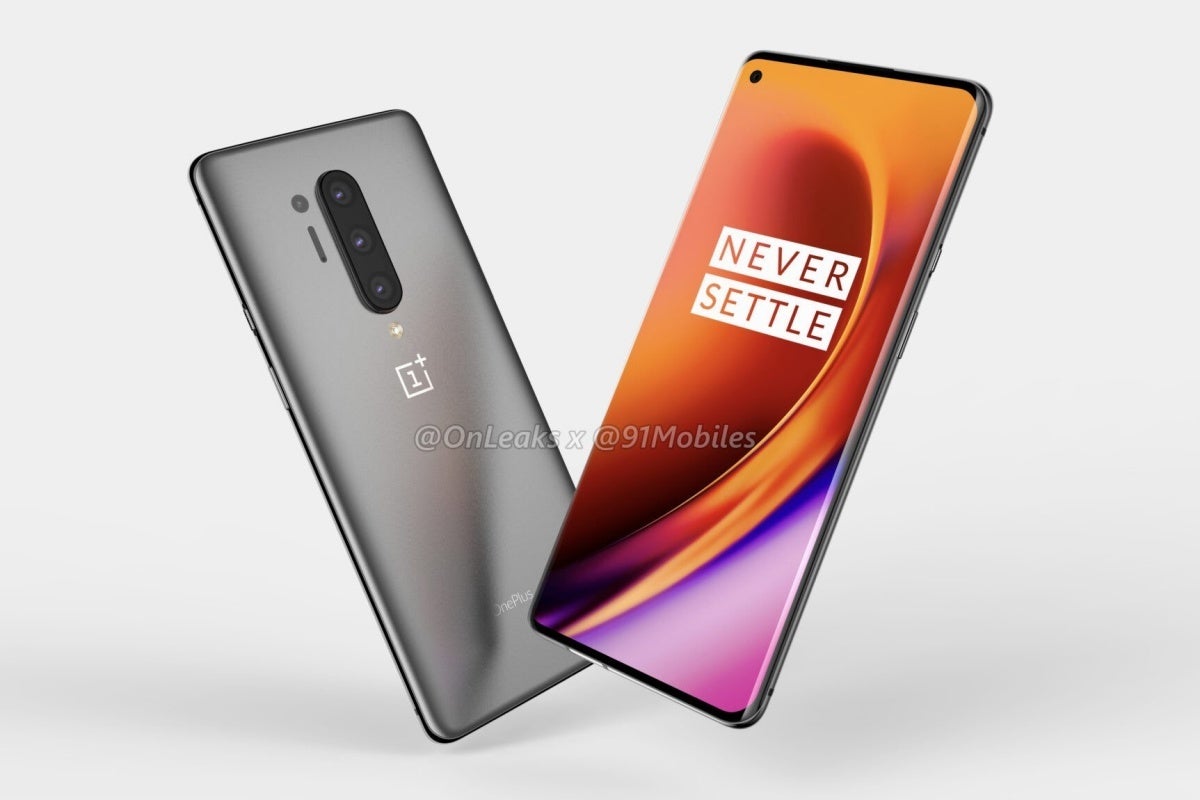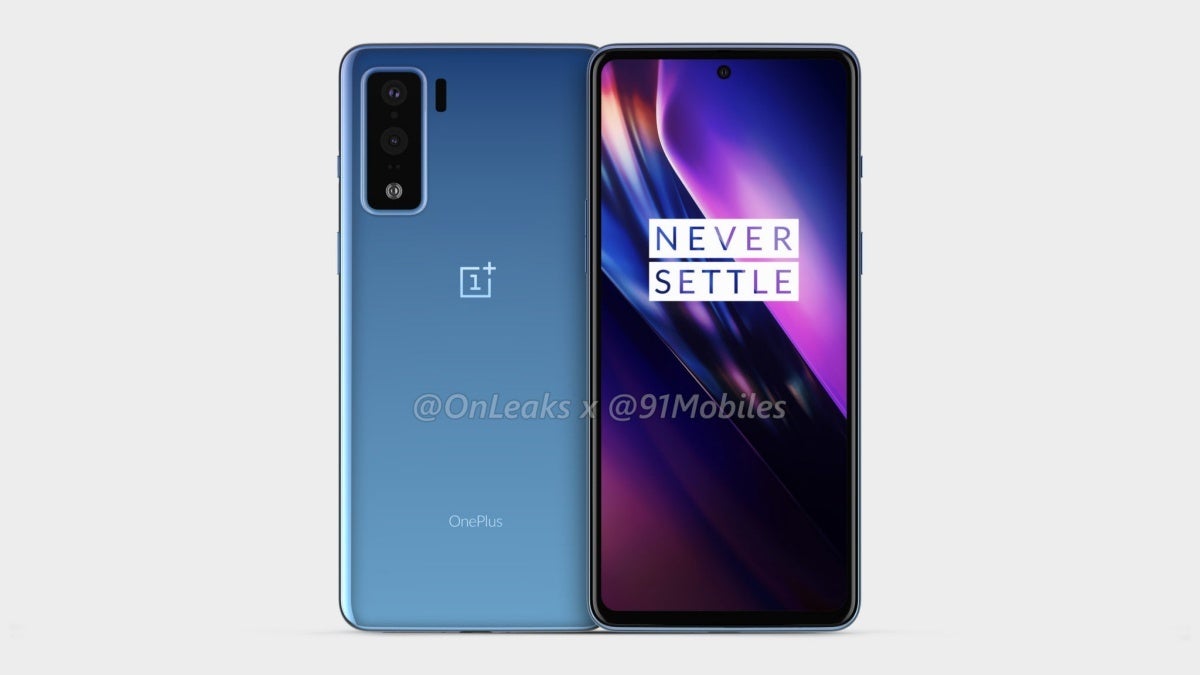Is OnePlus trying to do too many things at once?
This article may contain personal views and opinion from the author.

OnePlus 7T Pro
Back in 2014, when global smartphone sales were still growing at a pace only rivaled by wearables and smart speakers today, a little company called OnePlus made its market debut with a very ambitious effort to "kill" mainstream flagships by offering top-shelf features at a virtually unbeatable price point.
The OnePlus One was far from perfect (or easy to come by), the OnePlus 2 and OnePlus X that came out the next year were pretty terrible, but starting with 2016's OnePlus 3, the China-based outfit gradually built up its profile, global presence, and reputation, fairly quickly transforming from a neophyte determined to prove its worth to an underdog brimming with potential and finally a force to be reckoned with on a world scale nowadays.
Clearly, we're no longer dealing with an industry underdog, but the question is how much more can the company expand and how fast. Consumers will obviously provide the answers, but because the holidays are a time for reflection... and prediction, I'd like to give OnePlus a few pieces of advice for 2020:
The time is still not right for a OnePlus Watch

Sketches of an abandoned OnePlus Watch from a few years back
Yes, global smartwatch shipments are growing like crazy, which may lead you to draw false parallels with the smartphone market of 2014. The main difference is every mobile device vendor's numbers were going up five or six years ago, unlike what's currently happening in the Apple-dominated smartwatch market. OnePlus can't possibly hope to compete with Apple in terms of life-saving wrist functionality or afford to spend as much time as Samsung developing its own software platform and extensive product portfolio from scratch.
Focus on the OnePlus 8 lineup first and foremost

Leaked OnePlus 8 Pro renders
With an ever-expanding smartphone family comes ever-expanding responsibility. Especially when you're working hard behind the scenes to achieve US carrier ubiquity. If you've ever wondered why Verizon doesn't carry a lot of handsets from smaller brands, it's not only because the nation's largest wireless service provider doesn't like said brands. It's also because getting a phone certified for Big Red use (not to mention getting Verizon to actually sell a product in its stores) is a notoriously difficult and time-consuming process for companies not named Apple, Samsung, LG, Motorola, or Google.
So, yes, if the OnePlus 8 Pro is indeed headed for Verizon, the company might want to keep the unnecessary distractions to a minimum. Especially if T-Mobile and Sprint (or the "New T-Mobile) are also supposed to release the same 5G-enabled device, which is almost certainly the case. Speaking of the OnePlus 8 lineup, I can't help but wonder if we really need both a "regular" and a Pro variant when the two are so similar according to all that recent gossip. Granted, the OnePlus 8 Pro could be a little too pricey to fly solo to stores, but...
Less is often more

Leaked renders of a possible OnePlus 8 Lite
It's not always easy to pinpoint what makes a company successful in a cut-throat industry like the one OnePlus joined back in 2014, but in this particular case, it's pretty obvious one of the big reasons why the small outfit made such huge and rapid progress was its tight and laser-focused product portfolio. But after switching from a single-model to a two-variant yearly release schedule in 2016, OnePlus unveiled no less than four main handsets in 2019.
A lot has changed since the OnePlus X, of course, but now brand dilution is threatening to become a real problem. An exceedingly fragmented product roster can make the OnePlus name lose its charm in the eyes of long-time hardcore fans, not to mention other possible unintended consequences of such a move, like mediocre software support. OnePlus is already fumbling its Android 10 updates after doing a stellar job rolling out Pie goodies for eligible devices, and something tells me things will only get worse if the company starts cranking out new phones every few months or so.
Keep your AirPods rival simple

The OnePlus Bullets Wireless 2 are (obviously) not true wireless earbuds
Ideally, OnePlus would take a page from Samsung's playbook and bundle its sleek new Bullets with absolutely no wires with the 8 Pro at no extra cost, at least temporarily after launching the two products. If it does that, the company can probably expect to make a name for itself in an exploding market projected to get even bigger (much bigger, in fact) that's also far easier to penetrate than the smartwatch segment. And no, OnePlus doesn't need the fanciest design or most groundbreaking features for its first-ever true wireless earbuds to succeed. The simpler, the cheaper, the better.
Follow us on Google News









![A new Android bug is making it impossible to install new apps. Are you affected? [UPDATE]](https://m-cdn.phonearena.com/images/article/176703-wide-two_350/A-new-Android-bug-is-making-it-impossible-to-install-new-apps.-Are-you-affected-UPDATE.webp)

Things that are NOT allowed:
To help keep our community safe and free from spam, we apply temporary limits to newly created accounts: